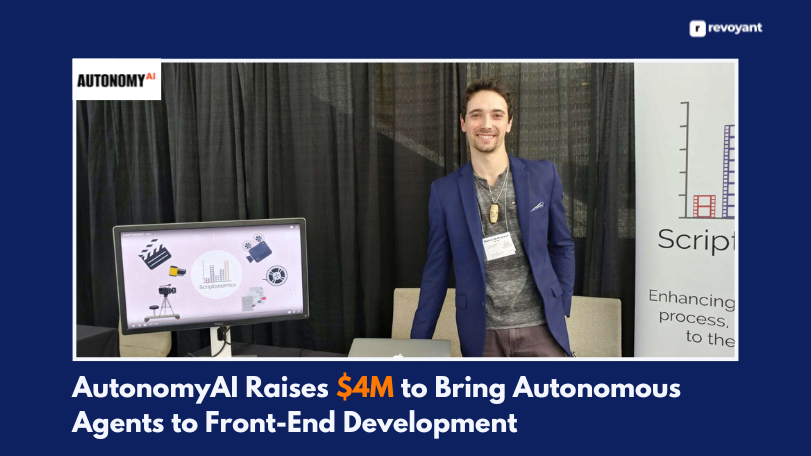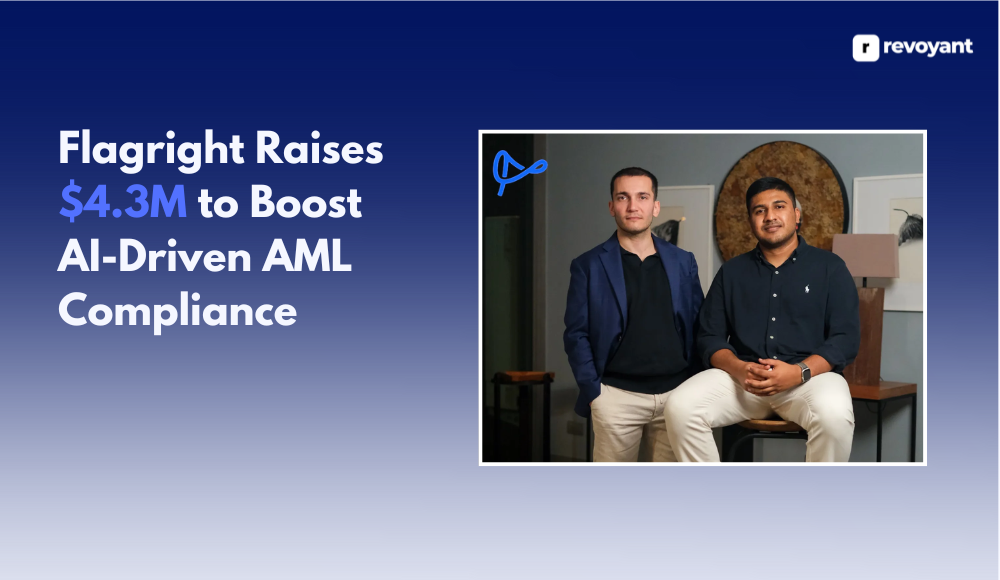Can a machine truly sing like a human? Artificial intelligence (AI) tools, like Voctiv, are pushing the boundaries of vocal synthesis by mimicking human voices. This blog will explore how Voctiv works, its challenges, and how it compares to real singers.
Keep reading to see if AI can hit the right notes!
How Voctiv AI Mimics Human Singing
Voctiv AI uses deep learning neural networks to replicate human singing. These systems analyze vocal patterns, melodies, and lyrics from vast datasets. By training on diverse music styles, the AI captures different tones, pitches, and expressions.
The process involves speech synthesis and voice cloning techniques. It adjusts soundwaves to mimic natural flows of human voices. “Listen to Your Body Choir” combined machine vocals with real ones—blurring the line between synthetic voices and genuine singers.
This leads directly into how accurate these vocals really are in expressing emotion.
Accuracy of AI-Generated Vocal Expressions
AI-generated vocal expressions have shown progress but remain far from perfect. Platforms like Lalals excel in generating synthetic voices, yet they often face challenges with artifacts and reverb.
Misinterpreted notes or poor pronunciation also limit the realism of these artificial vocals. Voice-swap delivers good clarity but struggles with vibrato, making it less convincing for listeners who expect human-like depth.
Despite advancements in neural networks and supervised learning, achieving flawless vocal synthesis is difficult. Quality depends on training data and algorithms used by systems like OpenAI’s Jukebox or Google’s Magenta Studio.
These tools produce varied results—sometimes realistic, other times clunky. Issues include missing emotional nuances or unnatural transitions between phrases. This brings us to the bigger question: how can AI overcome human advantages?
Challenges in Replicating Human Vocal Nuances
Human voices are rich and complex. They carry emotions, subtle inflections, and unique textures that AI struggles to copy. Technologies like neural networks and machine learning have made progress in vocal synthesis.
Yet, artificial intelligence still lacks the ability to match human depth fully. Critics like Dave Polich argue that AI-generated vocals sound flat or empty compared to real singers.
Another challenge comes from timing and expression in singing. Humans naturally adjust their tone, pitch, and rhythm based on feelings or lyrics. Intelligent machines rely on fixed learning algorithms instead of intuition or judgment.
Even with advanced interfaces or tools like Synthesizer V, synthetic voices often fail to reproduce true emotional weight effectively in a song’s delivery.
This limitation sets Voctiv apart from actual performers—sparking debates about listener acceptance of robotic voices over authentic ones.
Comparison Between Voctiv and Human Singers
Transitioning from the challenges of replicating human vocal nuances, comparing Voctiv AI to human singers highlights key differences and similarities. This analysis offers insight into how close machines come to producing authentic vocal performances.
| Aspect | Voctiv AI | Human Singers |
|---|---|---|
| Vocal Accuracy | Reaches near-perfect pitch through algorithms. | Can drift from pitch but adds natural imperfections. |
| Emotional Depth | Captures basic emotions but struggles with subtlety. | Delivers layered, nuanced emotions in performances. |
| Consistency | Produces the same quality every time. | Varies based on physical and emotional states. |
| Technical Limitations | Lacks full capability in improvisation and vibrato. | Adapts with creativity to different musical styles. |
| Listener Perception | Some find it unsettling due to its “too human” sound. | Widely accepted as authentic and relatable. |
| Production Cost | Offers an affordable option for generating vocals. | Requires higher investment for professional recording. |
| Creative Inputs | Relies on programmers for its capabilities. | Draws inspiration from personal experiences. |
This comparison highlights how Voctiv excels in precision but falls short in emotional complexity. While it offers cost-efficient solutions, human singers remain unmatched in authenticity and creative expression.
Real-World Applications of Voctiv AI in Music
Voctiv AI brings advanced vocal synthesis to modern music. Artists can use it for creating synthetic voices that sound human-like. Vocal conversion tools allow producers to adjust or clone voices with amazing accuracy.
Speech Morphing, a related technology, shows how just 10-15 minutes of audio can create realistic voice clones.
Musicians also use Voctiv on platforms like Synthesizer V and iOS apps for unique projects. Voice restoration is another key benefit. For example, Val Kilmer’s voice was re-created through similar tech after his surgery.
Automated systems now make this process easier in studios worldwide. The global speech recognition market, valued in the billions, continues growing rapidly thanks to such advancements in artificial intelligence (AI).
Supplementary Insights on AI-Driven Singing
AI singing raises questions about creativity, ethics, and how listeners judge synthetic voices—sparking curiosity about its future.
Ethical Concerns in AI-Generated Music
Copying voices with AI raises questions about misuse. In 2018, Jordan Peele created a deepfake video of Barack Obama. This fake speech showed how easily synthetic voices could spread false information.
Such tools, like voice cloning and vocal synthesis, can trick people and harm trust in media.
Some fear AI might replace singers using neural networks or synthesizer v systems. Human artists may lose jobs as synthetic voices grow popular. The music industry faces risks to creativity and fairness if artificial intelligence dominates production without clear rules or judgment.
Listener Perception of AI Vocals vs. Human Vocals
Some listeners find AI vocals fascinating, but others feel uneasy. Synthetic voices that sound too human can create discomfort. People question if machines should replace human vocalists, raising ethical concerns.
Users also report mixed experiences with AI singing tools like Synthesizer V and Voctiv. While neural networks help mimic emotions, they often miss subtle nuances.
AI-generated vocals lack the depth of real singers’ expressions. They may sound robotic or fail to convey natural warmth. The Center for Computer Research in Music and Acoustics studies such challenges closely.
Listeners often judge AI songs harshly when compared to human performances—triggering debates about authenticity in music creation.
Next, let’s explore how Voctiv AI serves in real-world music projects!
Future Prospects for AI Vocal Technologies
AI tools like Synthesizer V show huge potential to reshape music. Neural networks can now create synthetic voices that mimic human emotions. Yet, challenges in depth and authenticity persist.
Advances could solve these gaps by 2025, as events like Prolight + Sound focus on live audio tech growth.
Human-computer interaction will improve with better vocal synthesis models. Voice cloning may become more precise for use in iPads and iPhones. Future artificial general intelligence systems might even compose full songs without human help.
These technologies promise creativity but demand careful judgment about their role in art.
Conclusion
Voctiv shows how far artificial intelligence has come in music. It can mimic human voices, but it struggles with deep emotion and subtle tone shifts. While exciting, AI singing still feels like a tool rather than true artistry.
Vocal synthesis opens doors to creative possibilities but cannot fully replace human touch—at least not yet. The future of this tech is worth watching closely!
FAQs
1. What is Voctiv, and how does it use AI for singing?
Voctiv is a tool that uses artificial intelligence (AI) to create synthetic voices. It relies on neural networks and vocal synthesis technology to mimic human-like singing.
2. Can AI truly capture the natural feel of human singing?
While tools like Voctiv aim for realism through voice cloning and vocal conversion, achieving true human-like expression remains challenging. All things considered, the results are impressive but not perfect.
3. How does Synthesizer V relate to Voctiv’s performance?
Synthesizer V plays a key role in enhancing vocal synthesis by providing advanced features for creating more realistic tones and smoother transitions between notes.
4. Is AI-generated singing good enough for creative projects?
AI-generated vocals can work well in certain settings, such as recreating songs like “Starry Night” or experimenting with new styles. However, final judgment depends on personal taste and project needs.




